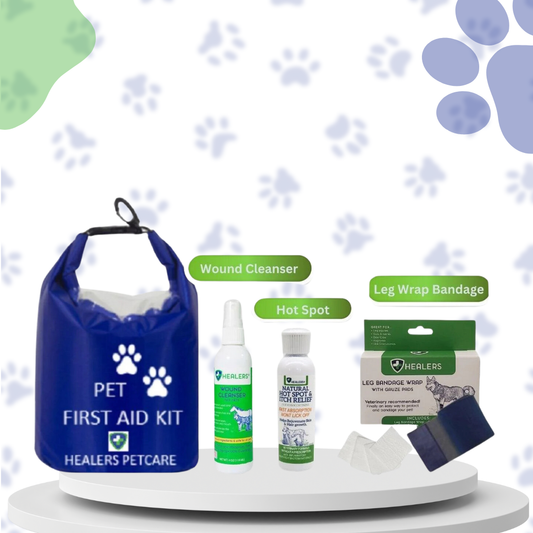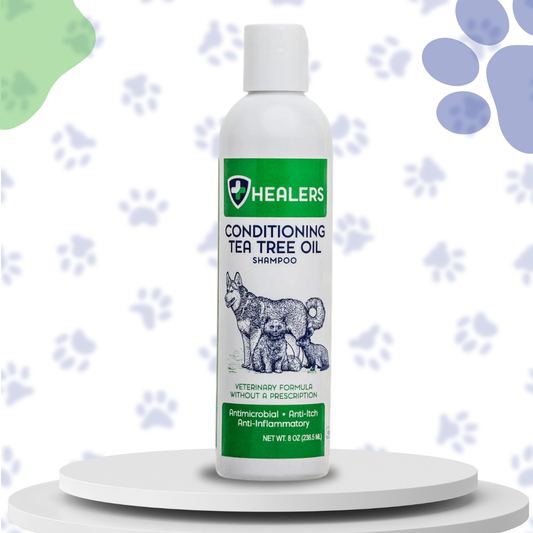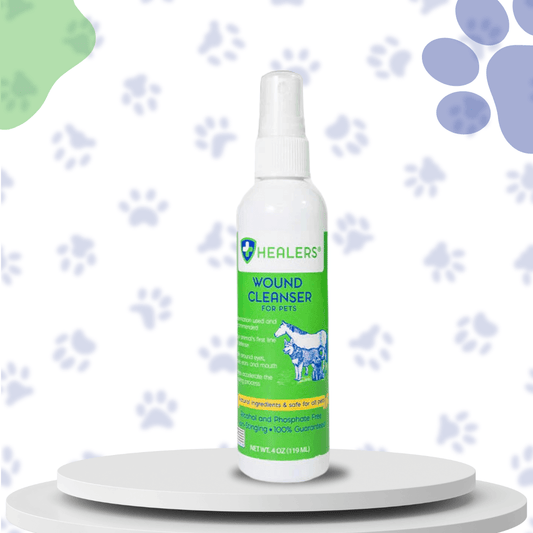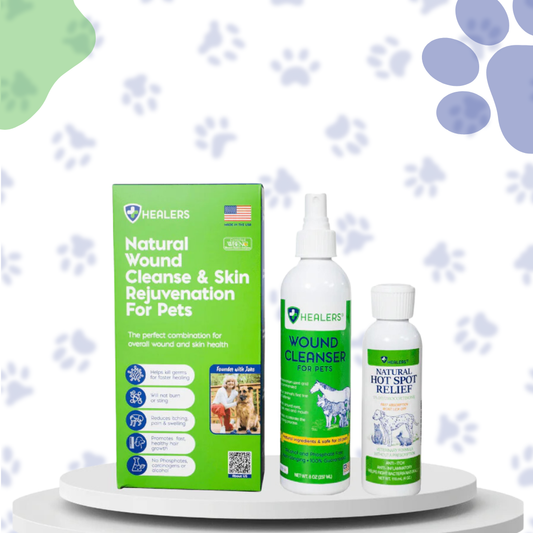How Cold Weather Impacts Dogs’ Paws
Dogs of all sizes enjoy a romp in the snow, or at least enjoy sniffing and exploring it.
Spending too long out in the winter elements can take a toll on a dog’s paws, it’s important to know what to look out for when walking or playing in colder conditions. This quick guide breaks down those elements and how they can negatively impact your four-legged friends.
Cold Elements and What They Can Mean for Dogs
Rain
It may come down all year long, but rain can cause problems for your pooch — even without the cold. Wet paws that do not dry properly can create bacterial buildups between the toes, and that leads to the corn chip scent with which many dog parents are familiar. Too much bacteria leads to other problems, like itchiness, sores, and infections, so be sure to keep your pup’s paws from staying soaked for too long. Wipe dry with a towel after outdoor adventures or walks.
Slush
This in-between condition involves some ice and some rain, making it a potential hazard. Dogs that walk in slush sometimes see those icy particles build up in the fur around their paw pads, and that can lead to discomfort. The fur is there to wick that moisture away, but the icy buildup can be painful. If you see your dog stopping to pick up his or her paws when out on a slush-filled walk, a buildup of icy particles might be the culprit.
Snow
Fluffy white snow is usually harmless, but snow with extra cold temperatures can burn or dry out a dog’s paw pads. Limit exposure during super cold times, and be sure to check paw pads for signs of cracking.
Ice
In addition to creating potentially hazardous conditions for pups who enjoy a brisk walk in the snow, ice can also create issues for those with sensitive or injured pads. It becomes a bigger problem when temperatures drop during a stroll, as any wetness in the fur between the pads begins to freeze. Ice can also have sharp edges that may cut your pets feet.
Frostbite
Some pets may be more susceptible to frostbite than others. Conditions like Heart Disease, Diabetes, age, size & overall health can predispose a pet to this painful & debilitating condition.
-
Symptoms of Frostbite in Dogs. Symptoms of frostbite are seen in the affected areas and can take up to several days to appear. They include: Pale discoloration, often in shades of gray or blue. Pain when touched. Cold or brittle feeling when touched. Swelling. Skin ulcers or blisters.
How to Protect Your Pup’s Paws Against the Cold
The good news is that there are plenty of steps you can take and products you can use to protect your dogs in the winter. Always thoroughly dry your pet off with a towel. Be gently, and not too vigorous as reduced blood flow to extremities can precipitate tissue damage. Inspect your pets ears, paws, and hairless areas for signs of color changes or injuries. If you do find scrapes or wounds, being proactive with treatment can lessen the severity of the injury. After cleaning a wound with tepid water, you may need to apply medication or a bandage. Healers makes non-emergent wound care items to help pet parents treat pets at home until they can be evaluated by a veterinarian. Here are a few of our favorites:
Healers Wound Cleanser - if your dog ends up injuring a paw pad on snow or ice, spray the impacted area with a wound spray to help disinfect it and promote healing. We recommend Healers Wound Cleanser, it is non-toxic and safe for dogs to lick — and we all know how dogs like to lick their injuries.
Gauze pads — When your dog’s pad is injured, it may seem difficult to keep the wound clean, dry, and medicated. Gauze pads are a great help because they can be sprayed with medicine and adhered to the inside of a bootie to promote maximum healing, and wound protection.
Healers Medical Booties — Dogs need to walk around, even when their pads are injured. A medical bootie helps keep those injured paws clean and prevent infections, and gauze inserts do wonders to keep medication in place.

Healers Urban Walkers III— These can be used as a preventative measure, worn in the snow and ice before an injury occurs as everyday paw protection against cold damage. They can also be worn outside during the healing process after an injury, protecting said injury from further damage. The self-adhesive gauze for the medical boots will work inside the Urban Walker boots as well to protect the injury.
Be sure to check your pets' paws after an outing this winter. Wipe or wash paws if you have been in an area where salt or other ice deterrent chemicals may of been used. Dry the paws to reduce the risk of bacterial growth, and inspect for any possible cuts or wounds.
Cold-related paw injuries can be avoided, and they can also be treated quickly if you have the right gear on hand. Safety is important, especially as the weather turns colder and the days get shorter. Be sure you’re protecting your pup from possible cold-related dangers.
Keep your pet safe and enjoy the season!






3 comments
Same thing happened to my two French bulldogs. Was -8. They were in three inches of snow for only a couple minutes, doing their morning business. They both came in barely able to walk, obviously in pain. My bad for not clearing the snow. I’m sure the cold and snow both caused the problem.
Hello – Crystal Wow! That is very cold! Protecting your pets’ paws with dog boots is a way to reduce the risk of potential injury to the paw pads. Not only do paw pads act as “shock absorbers” for the muscles, bones, and tendons, but they also help to regulate the pet’s body temperature. Injuries to the pads can lead to decreased function in those areas. Most pets do not particularly enjoy wearing “shoes” in extreme temperatures or rough terrain, but they do get used to it. Be sure to pick the correct size, so as to not cause wounds, and choose boots that are comfortable, easy to put on & get off, and allow airflow to reduce the risk of bacterial build-up. Happy adventurning with you little “snow-bunny”. Healers
My 4,year old English bulldog went out to the bathroom it was -7 and when he got in as I was cleaning his paws his little back one was twitching..it’s never happened before I’m pretty sure the cold contributed to this.